As the electric toothbrush market becomes increasingly competitive, design innovation and surface customization have become key differentiators for brands. Manufacturers are now exploring advanced decoration techniques such as water transfer printing and thermal transfer printing to improve both the visual appeal and surface durability of toothbrush shells. This article explores how these processes enhance the 3D texture shell appearance and the results of the transfer wear test, offering practical insights for any electric toothbrush factory aiming to elevate their product quality.
The toothbrush water transfer process (also known as hydrographic printing) involves applying printed patterns onto three-dimensional surfaces via a water-soluble film. This technique allows electric toothbrush shells to adopt a wide variety of natural textures such as carbon fiber, marble, or woodgrain, giving products a high-end, customized look.
Advantages:
Achieves complex full-surface decoration.
Supports high-resolution pattern fidelity.
Ideal for creating 3D texture shells with depth and realism.
Water transfer printing is especially beneficial for ergonomic, curved surfaces that are difficult to decorate using conventional printing methods.
Thermal transfer customization uses heat and pressure to apply pre-printed patterns or graphics to the toothbrush shell. This method is often favored for large-scale production because of its stability and color accuracy.
Key Benefits:
Consistent quality in high-volume production.
Cost-effective for customized patterns.
Sharp graphics with excellent color fastness.
While water transfer excels in aesthetics and coverage, thermal transfer printing stands out in repeatability and process efficiency, making it an attractive option for B2B customers seeking scalable personalization.
Today’s consumers seek not only functionality in oral care tools but also attractive product design. A 3D texture shell provides both visual and tactile appeal, creating a more premium user experience.
Enhances product shelf value.
Supports brand identity differentiation.
Improves grip ergonomics for end-users.
By combining either transfer method with texture-enhancing shell design, manufacturers can meet both performance and aesthetic expectations of modern customers.
A critical quality control step for both transfer methods is the transfer wear test. This involves simulating extended use conditions such as:
Repetitive friction (grip area handling).
Moisture and temperature exposure.
Daily cleaning and sanitization processes.
Test Results Summary:
Water transfer coatings generally demonstrate moderate resistance, but may require a protective clear coat to enhance longevity.
Thermal transfer prints show excellent abrasion resistance and color retention under normal usage.
Understanding wear performance is essential for an electric toothbrush factory aiming to deliver not just good-looking, but long-lasting products.
The decision between toothbrush water transfer process and thermal transfer customization depends on your design goals, production scale, and durability requirements.
| Criteria | Water Transfer Printing | Thermal Transfer Printing |
| Visual Complexity | High (3D texture shell) | Medium |
| Cost Efficiency | Medium (due to film & setup) | High (ideal for mass production) |
| Wear Resistance | Moderate to High (with clear coat) | High |
| Production Speed | Moderate | Fast |
At our electric toothbrush factory, we offer both solutions—tailored to your design vision and production requirements. Contact us today to explore your ideal transfer printing solution. https://www.powsmart.com/oral-care-products-private-label/
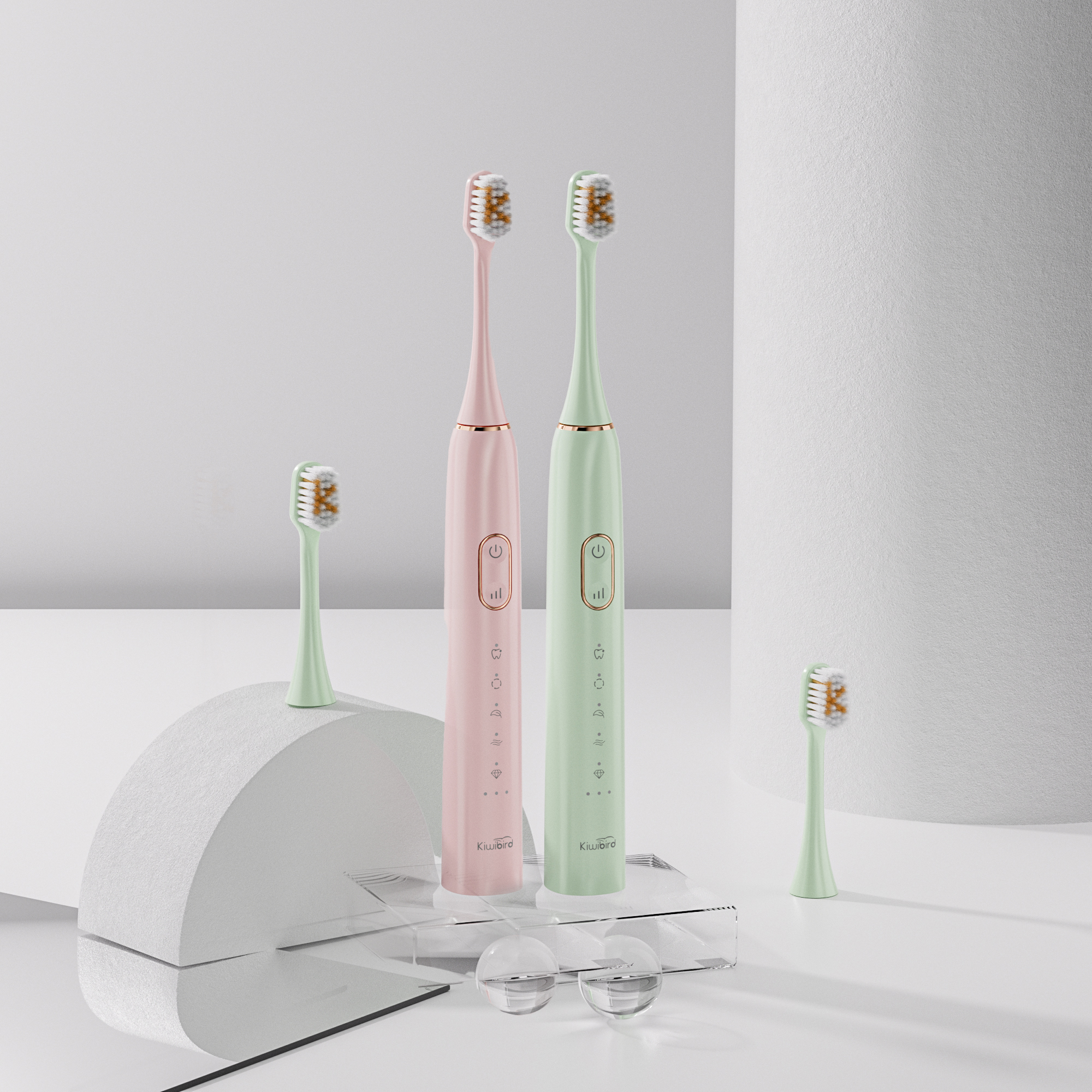
How Does Integrated Water Flosser Accessory Production Optimize Your Oral Irrigator Bulk Pricing?

Why Should You Cover Your Toothbrush in the Bathroom? Hygiene Insights from Manufacturers
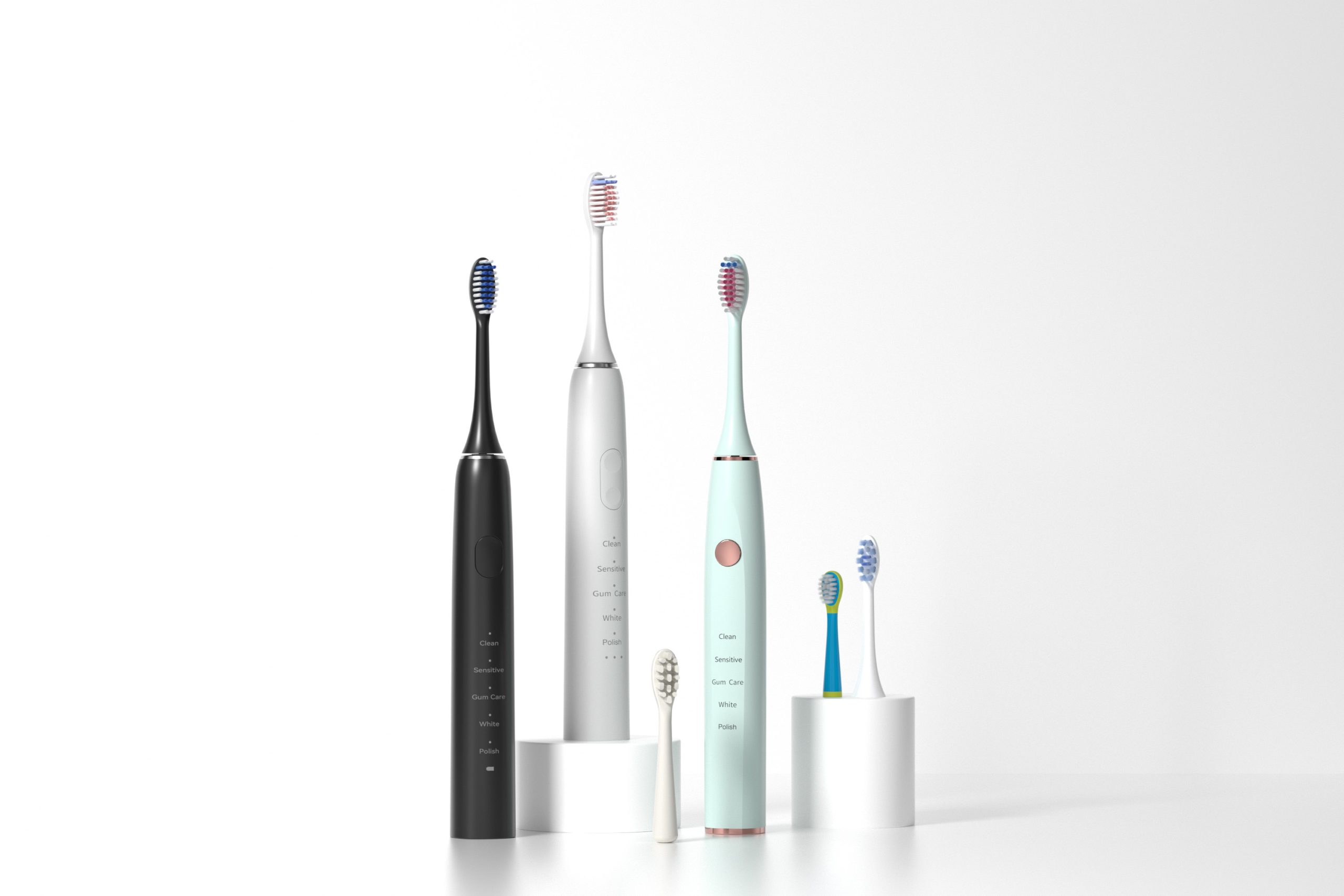
Oral care beauty trend :How Oral Care Became Beauty’s Sexiest New Category
Best Toothbrush for Doctors | Clinical Oral Care
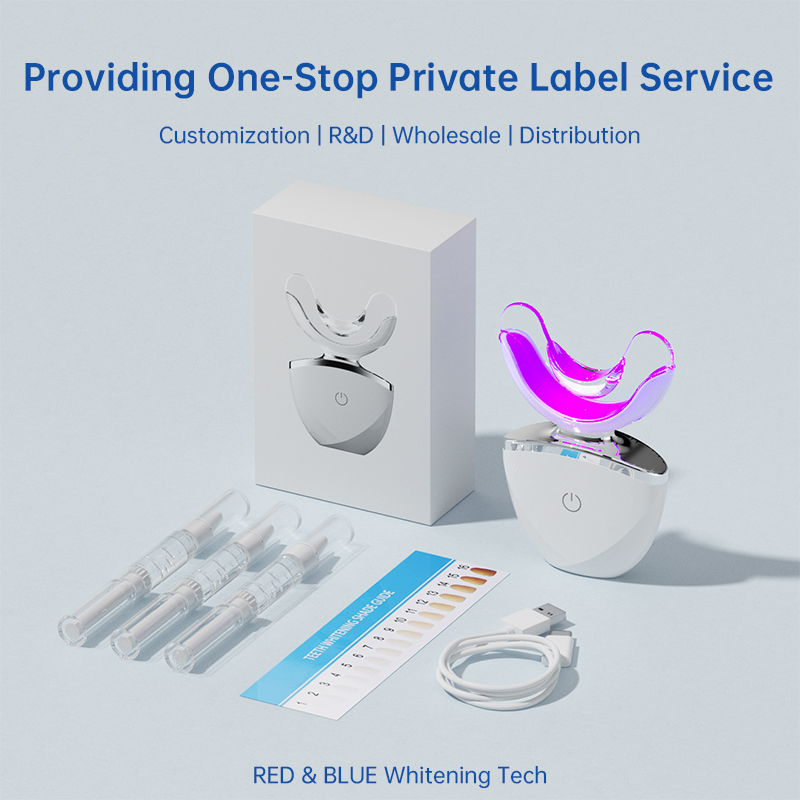
Capitalizing on the LED Oral Care Boom: Essential Market Insights for Brands

The Growing Potential of the Oral Care Business: Trends, Opportunities & Market Insights
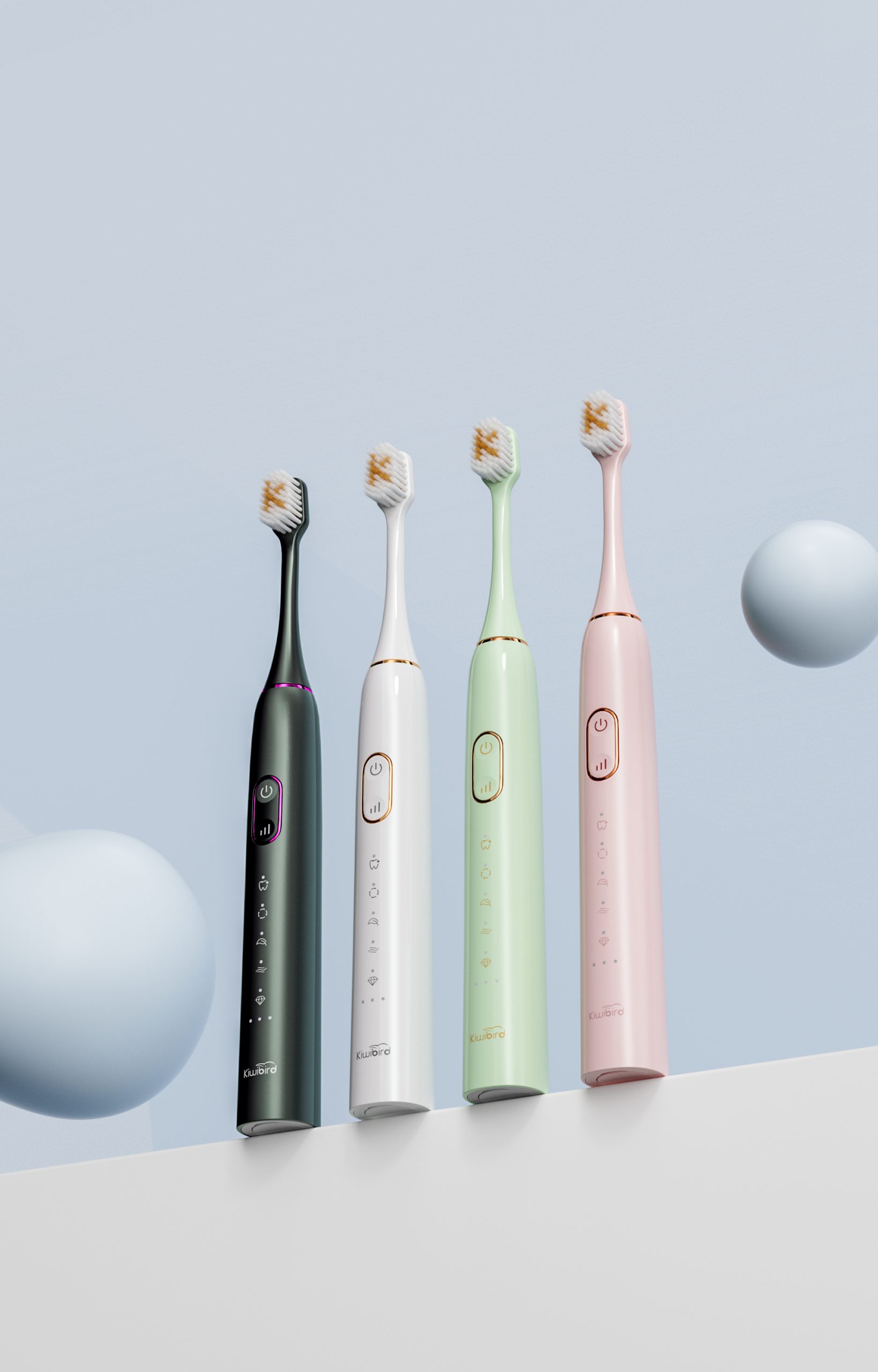
What’s Driving the Oral Care Category Now?
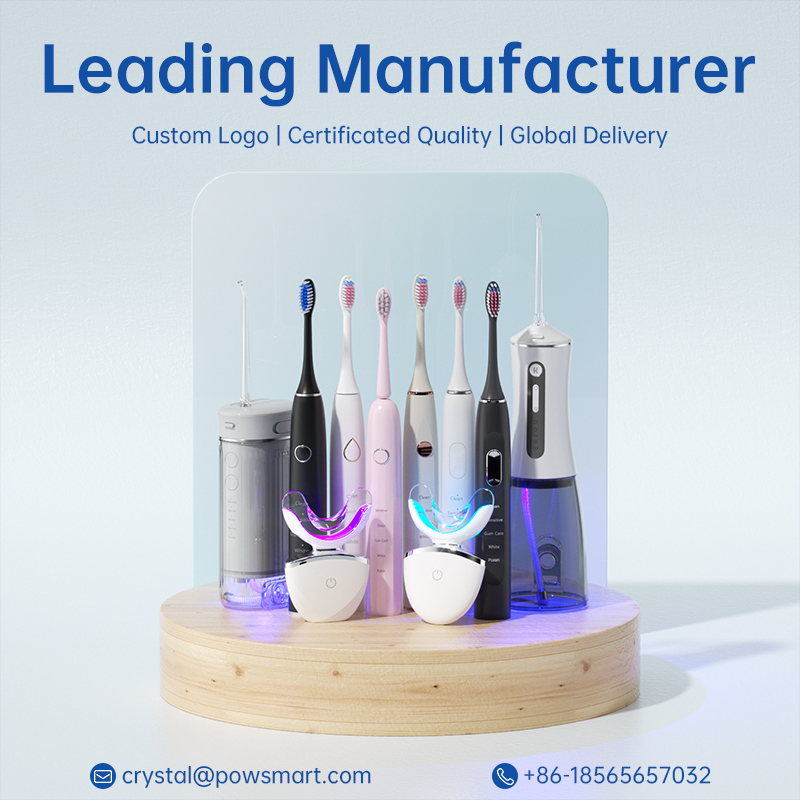
What is the Most Sanitary Way to Keep a Toothbrush? OEM Solutions for Modern Oral Care
.jpg)
Customization Guide for UVC Sterilization of Water Flossers: Scientific Matching of Wavelength, Irradiation Time and Waterproof Design
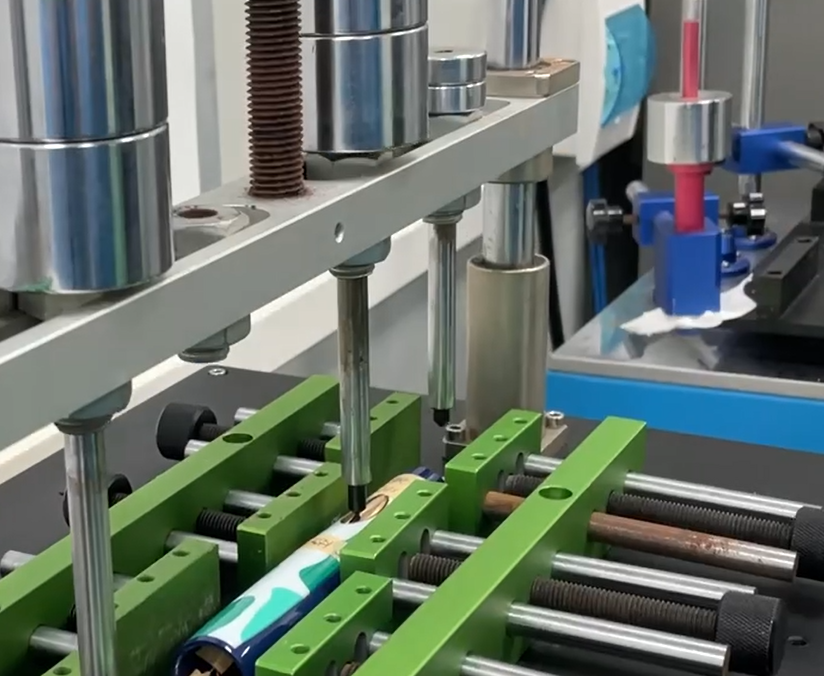
Comparison Between UV Spraying and PU Spraying for Electric Toothbrushes: Matte, Anti-Slip, and Environmental Protection Performance Analysis
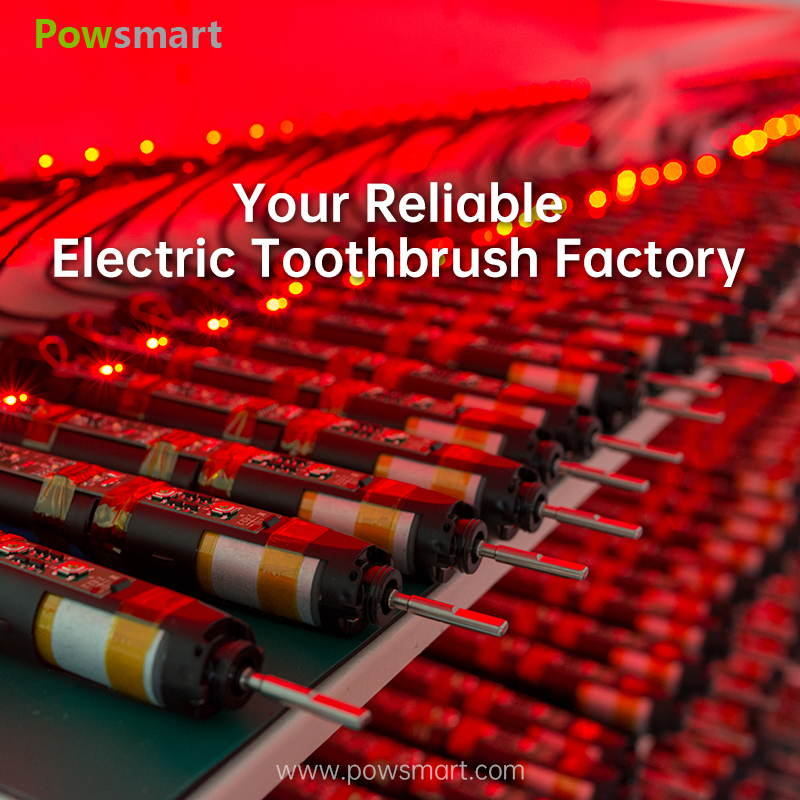
What is the Average Lifespan of an Electric Toothbrush? Manufacturer’s Insight
Split Bristles Linked to Enamel Cracks? 90% of Users Ignore This Danger!
.jpg)
Executive Diwali gift or Status symbol toothbrush — what truly impresses?
.jpg)
Did you know a magnetic-levitation sonic motor can deliver 31,000 powerful cleaning strokes per minute?
Electric Toothbrush Parts & Accessories Supplier
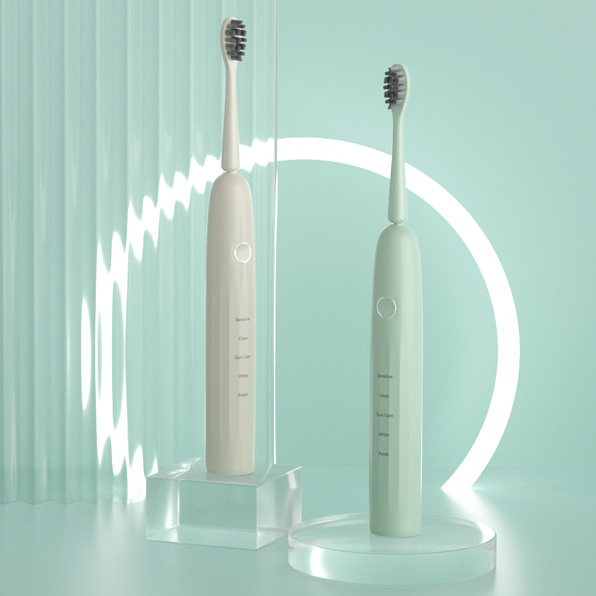
Electric Toothbrush for Family Diwali Gift: Seasonal OEM Solutions

electric toothbrush heads Charcoal Infuse-Round

Electric toothbrush heads Charcoal Infused-Diamond

Private Label Whitening Gel

electric toothbrush heads Regular Clean

electric toothbrush heads Ultra Soft
.jpg)
Florida Electric Toothbrush – Powsmart PTR-C8

electric toothbrush heads Deep Clean

Customization Teeth Whitening Gel
whstapp
whstapp
National Toll-Free Service Hotline
+86 755 86238638